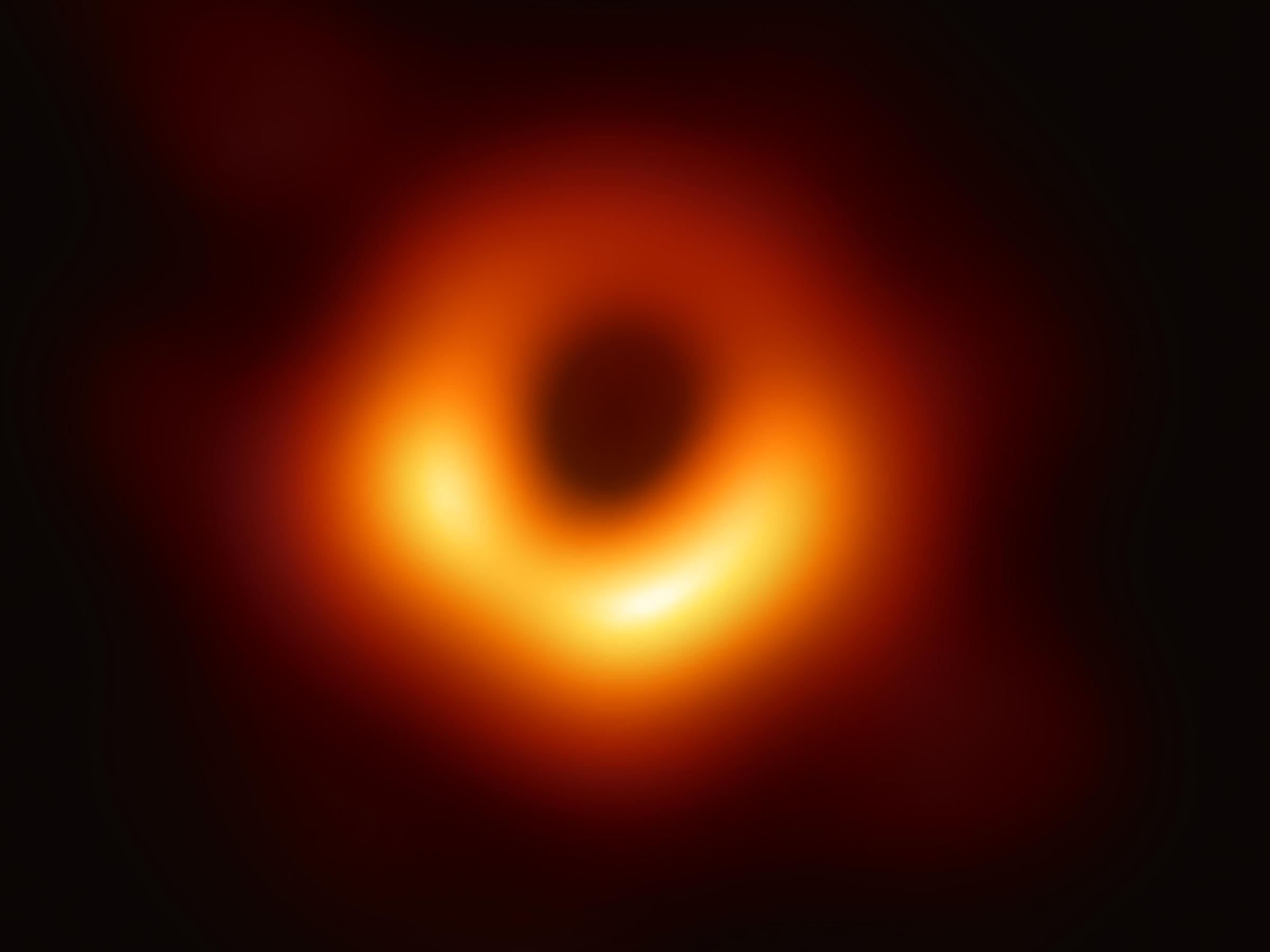
The science and mathematics that went in to taking this first images is truly staggering. The light we see is from the hot gas that gets heated as it crosses over the event horizon and in to the darkness of the black hole. In the above image, what we are witnessing is the event horizon (through an international network of radio telescopes called Event Horizon Telescope) as the light crosses over the threshold.

However, what we can instead capture is the chaos swirling around the center point. In fact, as no light can escape or be reflected, there's nothing for any camera sensor - no matter how advanced - to pick up. The distance for one, means the telescope has to focus in on an infinitesimally small part of the night sky, on a subject that for all intents and purposes, is invisible. The problems of capturing a black hole are large and plentiful. Nothing is remotely relatable and one has to just appreciate the news abstractly, however fascinating. Despite its relative small size, its density shows a mass of an estimated 6.5 billion suns. The black hole is in a "nearby" galaxy called M87, which is around 53 million light-years from earth.

In all honesty, everything that is said about the black hole is beyond genuine comprehension.

It may not look much, but the complexity of the work that went in to getting any image at all is staggering. The capture is a significant moment for astronomers and astrophysicists. Image courtesy of Event Horizon Telescope collaboration et al.


 0 kommentar(er)
0 kommentar(er)
